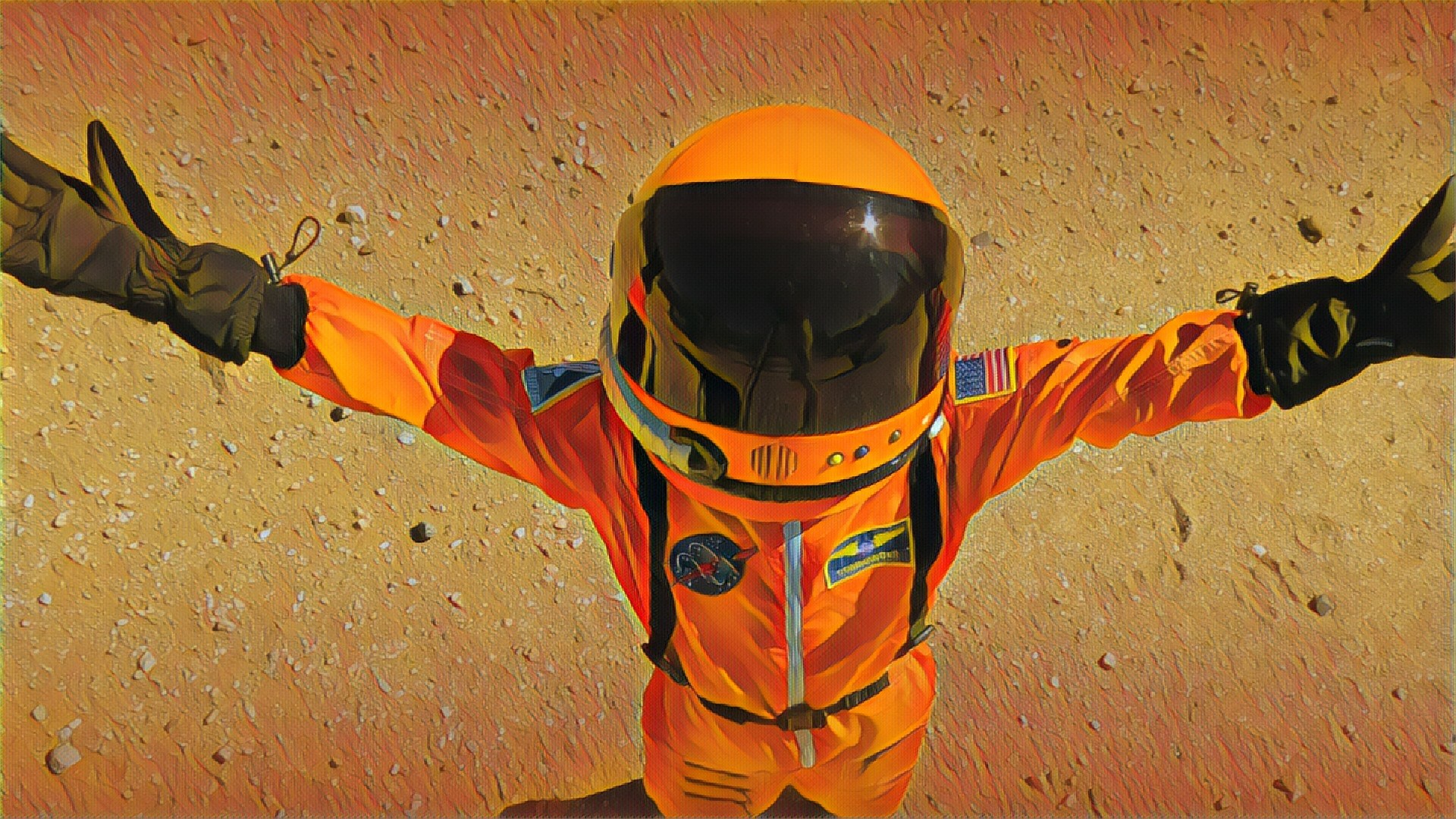I had a goal of 10,000 words by the start of my kids’ Fall Break.
Things are going well.

Book Series
Here’s the soundtrack I play in my office lately while I write. I don’t know how a collapsing glacier on Mars would sound to those stuck within, but I imagine it wouldn’t be too far from this.
The lights have gone out. The tunnels have broken and shifted around you. And these sounds constantly rumble and zing up through your feet and the thin atmosphere outside your helmet. Do you have enough air to find your way out?
My gosh, this book might be too scary for kids!
Of relevance to my next book, Water, is the question of subglacial water.
Here’s reporting on a recent study that modeled glacial movement on Mars. It has been assumed that most glaciers on Mars have been frozen to their beds for quite some time. The question has been, did they ever move or have they always been stuck? This study suggests that they may have been able to move in the past, though more slowly than glaciers on Earth.
It’s an interesting piece, but doesn’t help my case. For Water, I need a significant reservoir of subglacial water in the present. This is where I’m going to have to exercise some creative license and claim that remnants of ancient vulcanism have kept my fictional ice sheet wet at the bottom. At some point in any work of science fiction, one must lean into the fiction part. This is where that happens for Water.
This week, I wrote the first 943 words of the next Generation Mars book, Water. Oh, I’ve written many more over the past months in the form of developmental notes to myself: 14,000 or so. But these 943 are the first words I’ve written of the book itself. They are the climax, no less, and it’s a whopper. I wish I could tell you about it, but you’ll just have to wait till I get up that mountain.
Recent study suggests early Mars may have been very much like Iceland.
A while back I posted about how the writing of science fiction is a race with the progress of science. Here’s a perfect example: where is Dawn Colony? I’ve been hesitant to place it at a specific location on Mars because the more specific I get, the more likely it is I’ll be wrong. Perhaps they live near the southern end of one of the study areas mentioned in this article.
I’m open to other suggestions.
Here’s a nice Christmas card from Mars: a crater filled with water ice.
“The new study not only suggests that underground water ice lies under a thin covering over wide areas, it also identifies eight sites where ice is directly accessible, at latitudes with less hostile conditions than at Mars’ polar ice caps. “Astronauts could essentially just go there with a bucket and a shovel and get all the water they need,” Byrne said.”